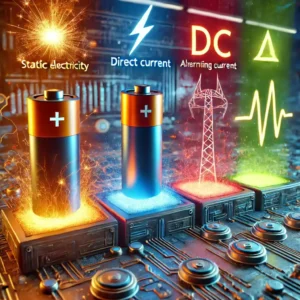
La electricidad impulsa casi todo lo que usamos a diario, desde electrodomésticos hasta maquinaria industrial. Pero, ¿sabías que existen diferentes tipos de electricidad con características
For several decades, daily life and the development of our activities have increasingly depended on electrical energy. There are innumerable appliances and devices that consume electricity and whose operation is essential to continue leading our lives as we do.
That is why a failure in the electricity supply affects us so much. However, many times we cannot do anything other than sit back and wait for it to be restored. On the other hand, there are those who are more forward-looking and, in the face of such eventualities, have a contingency plan.
These plans consist of putting into operation an alternative source of electricity that, supplying the energy needs of the case, cushions the impact of a blackout. Such plans come in the form of Electric generators, For example.
In the market there are many options; as many as to meet the specific needs of users in terms of power, cost, operation, efficiency, etc. A peculiar characteristic of modern generators is the regulation system they have. There are mainly two types: the inverter system and the AVR system.
Next, we will delve into its operation, delving into its similarities and differences as well as its corresponding advantages and disadvantages.
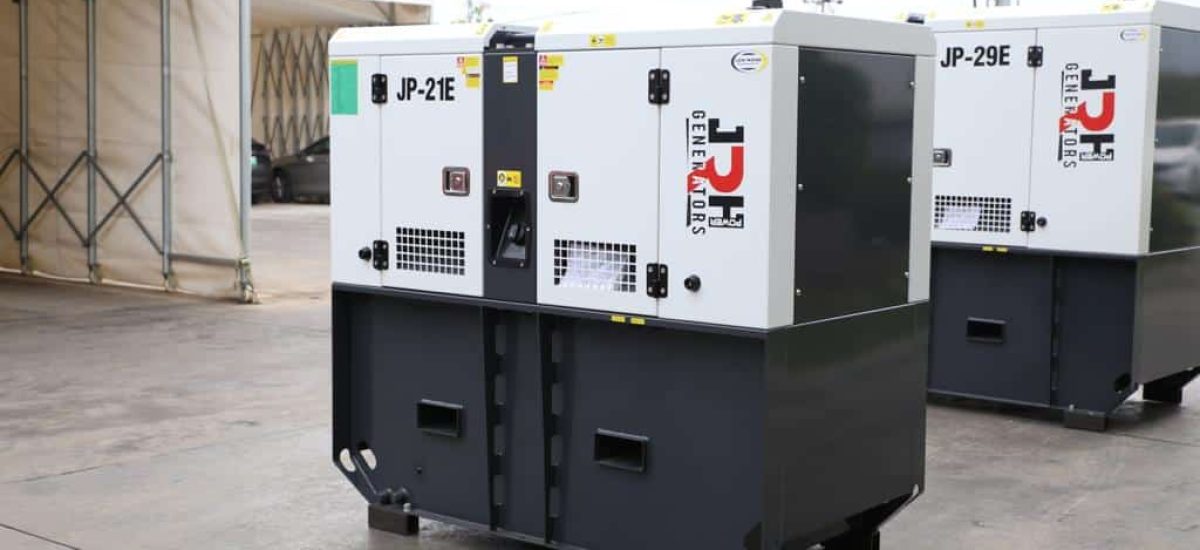
At this point, the question arises: which is better? It is really very difficult to give a closed answer to this question. Well, these are machines that, no matter how similar they are and no matter how much they fulfill the same purpose through the same physical operation, their technical specifications make them suitable for jobs with different demands.
That is, the fact that it is a Electric generator AVR or Inverter constitutes an advantage or a disadvantage for the user by virtue of the use that he is going to give it. In that order of ideas, before detailing such advantages or disadvantages, it is necessary to superficially know what these two types of generators have in common: namely, their operation.
An electric generator works thanks to the phenomenon of electromagnetic induction, which consists of stimulating the flow of free electrons in a conductive material by means of the movement of a magnetic field around it.
This is basically how all electrical generators work: they convert the mechanical energy of the kinetic type from the shaft of a running motor into electrical energy through an alternator. Regardless of whether it is an AVR or an Inverter, this is its basic operation.
This device, the alternator, essentially consists of two parts: a stator, or fixed armature, whose material is the one in which the flow of electrons is stimulated; and a rotor, or mobile inductor, which provides the rotary movement, as it is coupled with the motor shaft.
AVR stands for Automatic Voltage Regulation. We say that a generator is AVR when it has this regulation system, and its main function is to offer current stability whose maximum variability does not reach a 2%. This means that the devices connected to it are protected against power spikes.
This system is based on Faraday's law to regulate the voltage of the output current offered by the generator. This law tells us that, in the phenomenon of electromagnetic induction, there is a proportionality relationship between the speed of a magnetic field and the induced voltage that the magnetic field stimulates.
In practical terms, this means that the higher angular velocity a motor provides (ie, the higher rpm) to an alternator, the higher amounts of current it will generate. This has a drawback: that a motor can turn at too high a rpm, which means an overproduction of electricity; or the opposite, that it spins too slowly and generates an insufficient amount of power.
What the AVR system does is monitor that this relationship between the angular speed of the magnetic field and the induced voltage remains within an acceptable margin in terms of efficiency. If the voltage is too high, the regulator automatically reduces the angular speed of the magnetic field; if the too low, it increases it.
The Inverter system is a system that is not only found in the Electric generators. It is a technology that can be applied to a large number of electrical and electronic devices, such as air conditioning equipment, welding equipment, and various household appliances. Like the AVR system, it is a voltage regulation system.
It is a more modern system, and has become popular in recent years since its production costs, given the new materials available, have been reduced. The Inverter system, given its technical specifications, represents less weight and a smaller volume for a portable generator, while guaranteeing a more stable supply of electrical energy.
Unlike the AVR system, which works directly influencing the angular speed of the magnetic field, the Inverter system acts on the output voltage through an IBGT circuit. This circuit, which in Spanish means an insulated gate bipolar transistor, is a transistor whose function is to transform alternating current into direct current and, again, into alternating current.
This way of manipulating the current makes its sine wave more perfect, which translates into a more stable, reliable and safe power supply. That is, the frequency becomes invariable, which makes the Inverter generator ideal for powering electronic devices that are sensitive to abrupt changes or energy peaks.
A generator with an AVR regulation system is currently one of the most popular options on the market. However, its regulation system is not the most efficient. On the other hand, it makes up for this with a lot of power in the output current.
An Inverter generator turns out to be a very good idea, depending on the use that is going to be given to it. Because, for example, for camping or for an activity that does not involve high electricity consumption it is perfect, but to connect a welding equipment or a motorized pump or an entire apartment, it is insufficient.

La electricidad impulsa casi todo lo que usamos a diario, desde electrodomésticos hasta maquinaria industrial. Pero, ¿sabías que existen diferentes tipos de electricidad con características
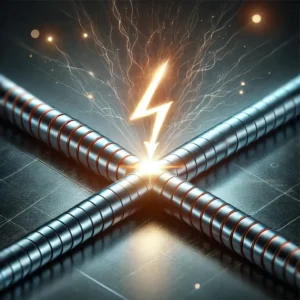
La electricidad es una parte esencial de nuestras vidas, desde el encendido de una simple bombilla hasta el funcionamiento de industrias enteras. Pero, ¿alguna vez
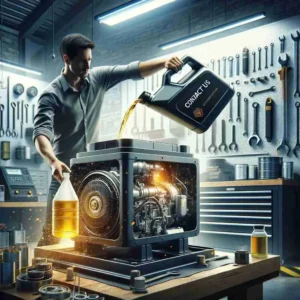
Elegir el aceite correcto para un generador de luz es fundamental para asegurar su rendimiento óptimo y prolongar su vida útil. Sin embargo, muchas personas
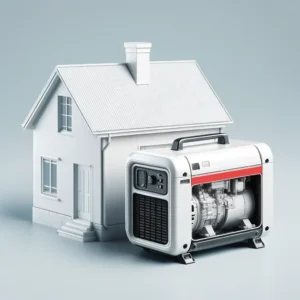
En un mundo cada vez más dependiente de la energía, contar con una planta eléctrica para casa se ha convertido en una necesidad esencial. Ya
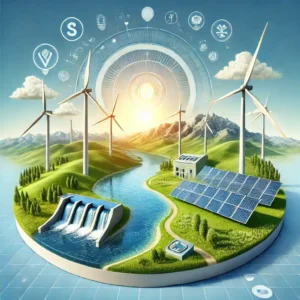
In a world where sustainability is no longer just an option, but an urgent necessity, renewable energies stand out as the key to
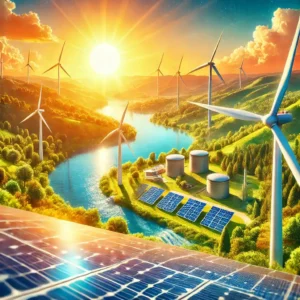
In the current context, where sustainability has become a global imperative, it is crucial to understand which energy sources are renewable and how